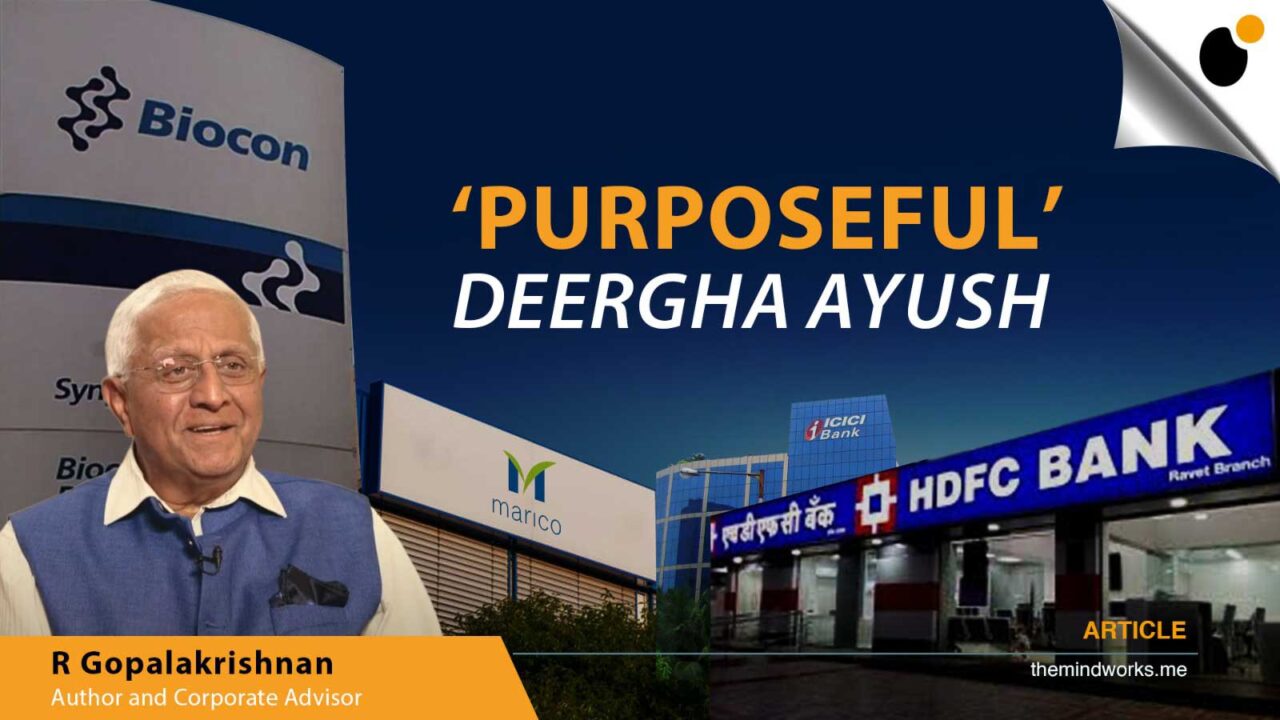31st October 2013, BUSINESS STANDARD
The occurrence of events by chance in a beneficial way is crucial
In the last five InnoColumns, organisational culture has been emphasised so much that other aspects might have seemed irrelevant. That is not true. Like with a golf swing, you can learn all the correct principles about innovation, but execution is a challenge.
Serendipity, which is the occurrence of events by chance in a beneficial way, is crucial for innovation. The word is derived from Arabic. Sarandib is the place where Adam landed from heaven and was also the name given by Arabs to Sri Lanka. The Persian tale, Three Princes of Serendip inspired art historian and the fourth Earl of Oxford, Horace Walpole, to use the word in a letter in the 1870s.
The problem is that we do not recognise the moment of serendipity or are not capable of planning it. We take it as it comes as this example from archaeology suggests.
My great grandfather’s generation had little knowledge of Pataliputra and Mohenjo-daro. Two recent books tell the story of serendipity: Finding Forgotten Cities by Professor Nayanjot Lahiri and Ashoka by traveller-historian Charles Allen. By the end of the 19th century, Sir William Jones had decoded an unread Sanskrit text, Mudrarakshasa, and established that the Greek reference to River Erranoboas was to the modern River Sone. This accident resulted in our learning the story of the Ashokan Empire. In 1901, Englishman John Hubert Marshall, who was trained in Greek classics and who had never travelled beyond the Mediterranean, was appointed into a senior job in Indian archaeology. And over the next 22 years, he discovered the connection between Harappa seals and Mohenjo-daro, as also the ruins of Pataliputra, which, incidentally, was made possible by a grant from Sir Ratan Tata, Jamsetji Tata’s son. What coincidences!
Serendipity has been responsible for many breakthroughs in science: Archimedes had his eureka moment in the bath tub; Isaac Newton experienced it under the apple tree; Friedrich Kekule and Dmitri Mendeleev literally dreamt up the benzene ring and the periodic table respectively; Marie Curie discovered radium without seeking it; Otto Loewi dreamt up how the brain signals through the vagus nerve; and Alexander Fleming discovered penicillin through the accident of an overnight petri-dish. These read like fanciful historical extracts, but there is a contemporary story.
Kiran Mazumdar Shaw is known for assiduously building up a public-listed company, Biocon. Less known is her vision to discover something truly different. Last month Biocon announced a world-beating drug, branded by them as Alzumab for the treatment of psoriasis. Did I know that it was a fortunate coincidence? Not really. I wanted to find out more.
Cuba and pharmaceutical research are not connected in our minds. Che Guevara, who was a political revolutionary and a physician, wrote his eponymous paper On Revolutionary Medicine in 1960. Following the revolution and American embargo, the Cuban government adopted universal health care as a state priority and committed big funds for research, though their success in exploiting research has been less than clear.
In 2001, a science-oriented and commercially savvy Chairman Kiran Mazumdar visited The Institute of Immunology, Cuba. She spotted a molecule that showed promise to treat diseases called auto-immune diseases. Normal immune cells recognise self and non-self; they are harmonious with the self and attack the non-self. However, an aberration occurs when the same immune cells attack their own kin. This
condition of attacking self results in auto-immune diseases such as type 1 diabetes, rheumatoid arthritis, and psoriasis.
This magic molecule, christened T1h, had promising, early-stage discovery results. The Cubans out-licensed the molecule to Biocon for further development. For the next 10 years, Biocon pursued a drug development agenda, based on the then well-known scientific principle of inhibiting the Th1-mediated immunity and called the Th1 pathway… But they encountered some inexplicable results during their work.
The molecule appeared to work through mechanisms other than the Th1 pathway as well. For Biocon, the penny dropped when they noticed a 2009 scientific paper on a Th17 pathway, which postulated a new pathway, involving different cytokines than those that were part of the Th1 pathway.
Suddenly, Biocon’s scientific observations over 10 years seemed to make sense and the cytokines involved seemed to explain the action of Alzumab: the inexplicable had an explanation and intriguing facts became rational!
Biocon had to move quickly. Since the company had done the development work on psoriasis, a chronic skin condition that causes the skin to flake off, leading to redness and irritation, Biocon used its extensive trial data to get approval for psoriasis within a short time. They branded their product Alzumab.
On August 10, 2013, Kiran Mazumdar Shaw dramatically announced to an excited audience that the company had a first-in-class drug that could well be a best-in-class drug. It was a breakthrough, because Alzumab would be a “biologic”: it would not be made by chemicals, but would be a natural molecule made up of protein and sugar. It would have lower side effects and could prevent the disease from recurring for a prolonged period. Four weeks later on September 9, Orca Pharmaceuticals, a new company based in the US, was announced to develop biologics for psoriasis. The race is on.
Quite a bagful of coincidences, isn’t it? But let us not miss the four lessons. First that Kiran Mazumdar Shaw kept an open mind to strange, new ideas by fishing for them in ideas-rich Cuba; second, that she was focused and disciplined by exploring T1h for 10 long years; third, that when a new insight fortuitously landed on its lap, Biocon moved fast to change. Fourth and last, the company paid attention to intellectual property rights protection as well as product branding. They almost seemed ready for luck!


